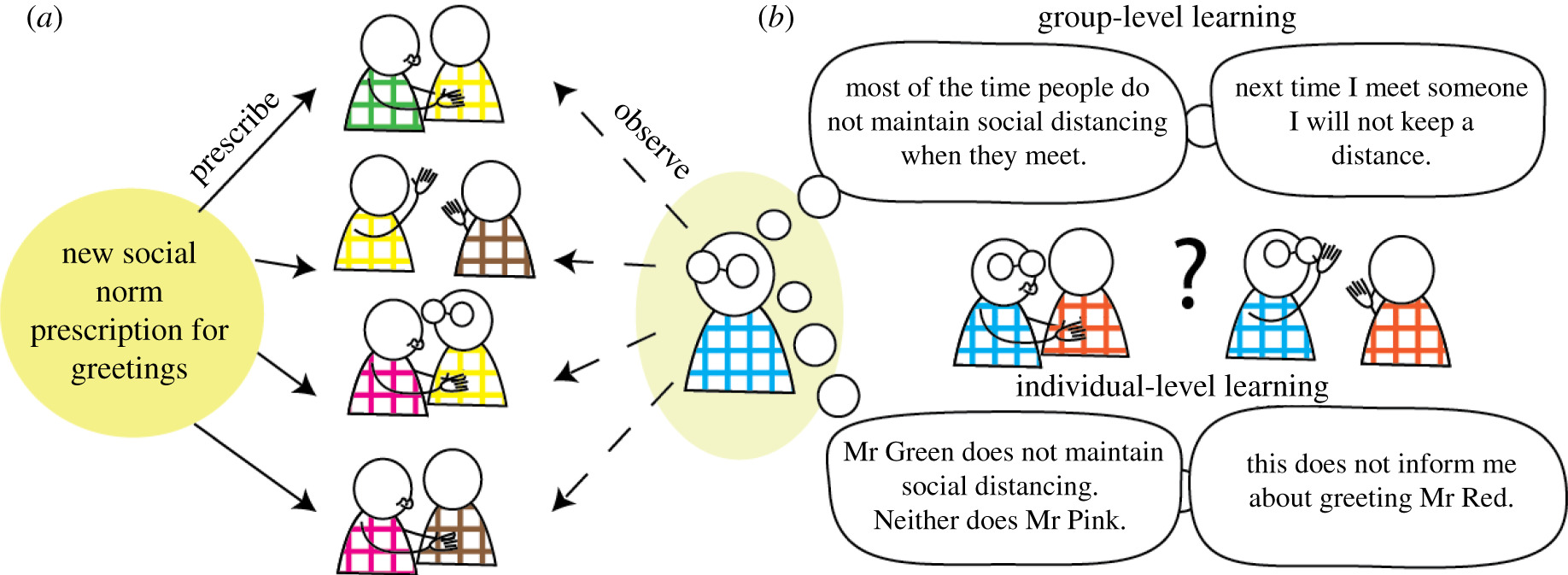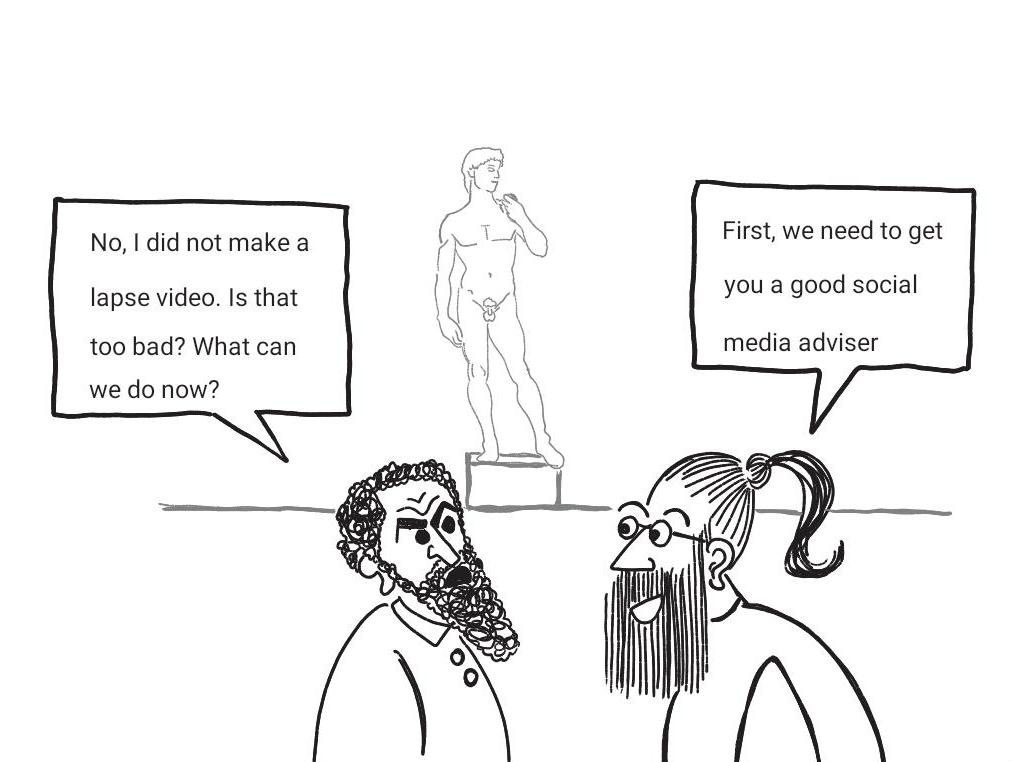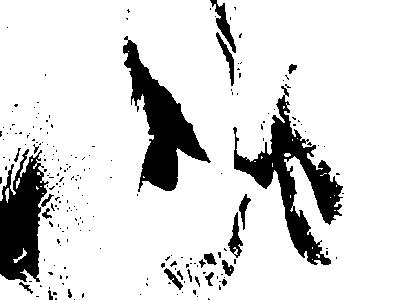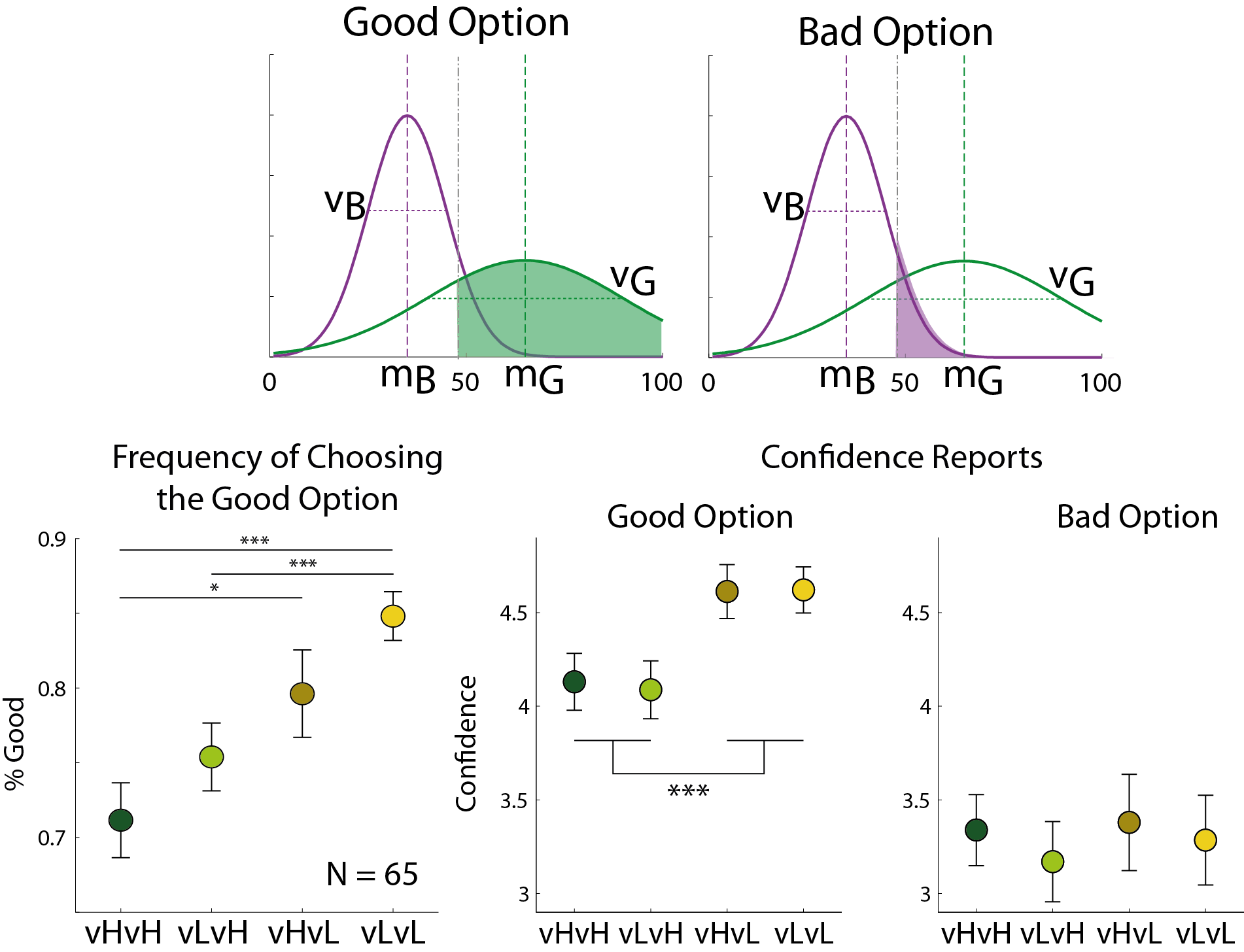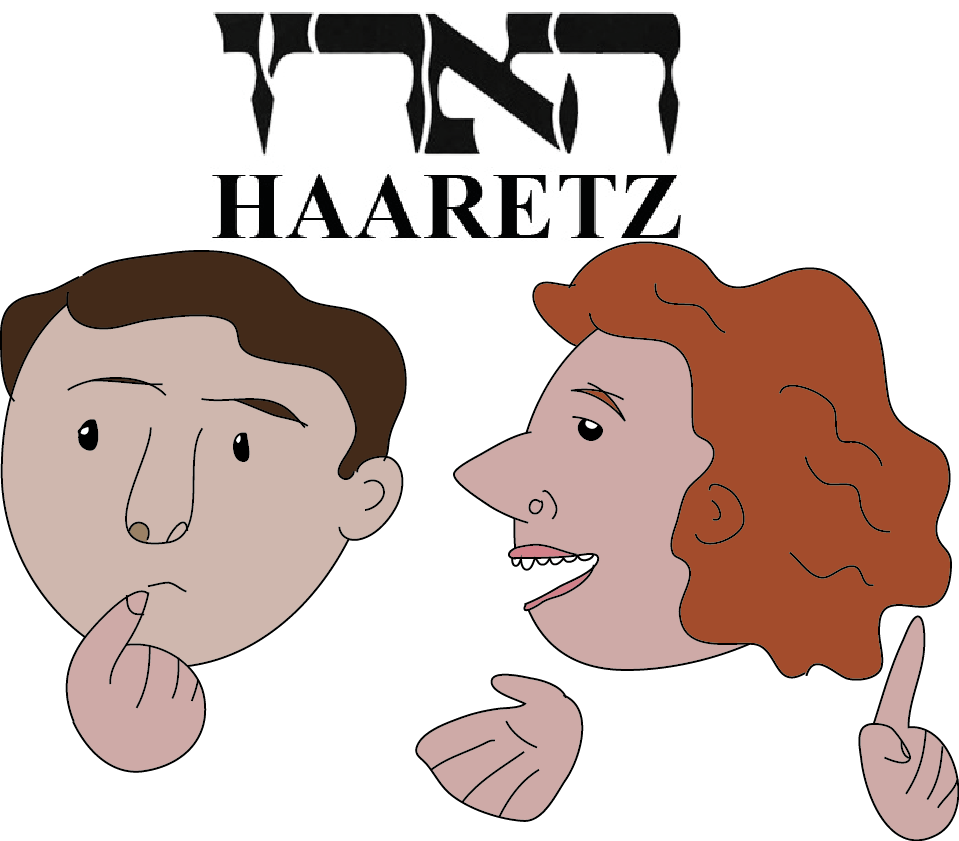
Welcome to the Social Decision Making Lab!
Our lives are riddled with decisions: Which route to work should I take? Where to go for lunch? Where should I spend my holidays?
These decisions often have a social aspect: Which route should I recommend to my co-workers? Who should I have lunch with? Who can recommend me on holiday locations?
Sometimes we make decisions that affect other people, or make decisions together. In other cases, our decisions concern other people, for example when we choose who to date, who to learn from, and what information to share with others. Other decisions are affected by our broader social environment, our culture and group identity, for example moral, political or fashion decisions.
We aim to understand the cognitive, computational and neural basis of social decision making. We use behavioural tasks online and in the lab, where participants can make decisions alone, or together with other participants. We use game-theory and machine learning models to explain the cognitive processes that drive participants’ behaviour, and to draw predictions for other decision-making scenarios. We use neuroimaging to understand the neural mechanisms supporting the participants’ behaviour, as captured by our models. We also try to examine clinical populations to underscore the social-cognitive deficits associated with different psychiatric disorders using our models and tasks.
News
Adaptive Empathy
Arguably, empathy is not constrained to a singel response, but governs a dynamic and adaptive process which unfolds during social interactions and relationships. In two new papers we investigate this dimension of empathy, which we call Adaptive Empathy. In a review paper with Simone Shamay-Tsoory we highlight how this process may be studied using compuational learning models and consider the neural networks underlying it. In an experimental paper lead by Elena Kozakevich Arbel we demonstrate how adaptive empathy skills relate to trait empathy measures, such as cognitive and emotional emaptyh. Read the papers here and here. Image is by the talented Yali Ziv.
Learning about social norms
A new paper is out, looking at the leanring mechanisms underlying learning about social norms. Using a star-harvest game (see in the resources page) we examine how features such as behavioural contigencies (aversive/appetitive) and action/omission affect learning and adaptation to social norms. We show that there are at least two assimetries affecting learning. The first concerns how people learn from active/passive acts of group members. The second concerns the level of attribution of an individual's behaviour to the entire group. This work was supported by a grant from the Israel Science Foundation. Read the paper here.
This work was covered in PNAS Journal Club.This work was also covered in The Marker (Hebrew).
Two new papers - paying for influence and advice giving and psychosis
Two papers concerning advice giving are out in the same month! The first examines the willingness of people to pay for influence, where we found that participants are willing to forgo some of their payment to increase the likelihood of being chosen as advisers, mostly when they think their advice is going to be accurate. Read it here. In a second paper we explored the relations between metacognition and communication of information (advice giving) in people diagnosed with schizophrenia and people diagnosed with bipolar disorder. We found that people diagnosed with schizophrenia tend to be over confident in their advice, and that both groups tended to be more affected by their own performance level than controls. Read it here.
And you can read more about our work and see Bahador's incredible cartoons (the one on the right is his) in the crowd cognition blog here!!
'I haven’t a clue! - Expectations based on repetitions and hints facilitate perceptual experience of ambiguous images' accepted in JEP:HPP
In this project, in collaboration with Chris Frith and Colin Blakemore, we examined the way different types of expectations affect perceptual experience. We examined how hints (verbal - an elephant on the right - and greyscale) and repeated presentations affect detection of objects in two-tone images, and the perceptual experience (via vividness ratings). We found that hints increased the likelihood of detection, and the vividness ratings, immediately after they are given. However, their effect did not alway last very long. Most strikingly, images presented with greyscale prime received the same vividness ratings as ones given with verbal hints when encountered on the second time onwards. We also found that vividness ratings increased with repeated exposure to the image, even after object detection. This increase was slower when memory load increased, and when the images were horizontally flipped between presentations.
Read it here.
Symposium on Social Behaviour at the University of Haifa
Our lab is hosting a symposium on social behaviour, co-organised with Dr. Matt Apps (University of Oxford ) at the University of Haifa, November 12-13 2019. In this two days symposium a diverse group of researchers from the UK and Israel will present their work and perspectives on the topic of motivation and social behaviour. Among the themes to be covered in this symposium are social learning, mood and psychiatric disorders, social influence, theory of mind, apathy and emotion, in the context of goals and motivations underlying social behaviour. This event is sponsored by a British Council UK-Israel Synergy grant, and by a University of Haifa International conferences grant.
Registration and more details here.
'The Neural Basis of Shared Preference Learning' paper is accepted in SCAN
How do we track other's similarity to us? Does brain representation follow other people's similarity to us, or thier consistent taste compared with us? This work, led by Harry Farmer from Antonia Hamilton's lab, looks at neural basis of shared preference learning. We show that other people's trait similarity, i.e. are they ususally similar or dissimilar to us in their preferences, and not their transient, trial-by-trial, similarity in preferences is tracked in the brain's valuation and social system.
Read it here.
'Stochastic Satisficing' paper is out in PLos One
Every morning most people have to pick a route to work. While the shortest route may be consistently busy, others may be more variable, changing from day to day. The choice of which route to take impacts the commuting time and is ridden with uncertainty. In this project we examine how decision confidence is affected by outcome uncertainty. We found that when choosing between two uncertain options people’s confidence can be best explained as the probability of exceeding an acceptability threshold. Our commuter’s stochastic satisficing heuristic could then be expressed as "which route is more likely to get me to work before X o'clock?"
Read it here.

